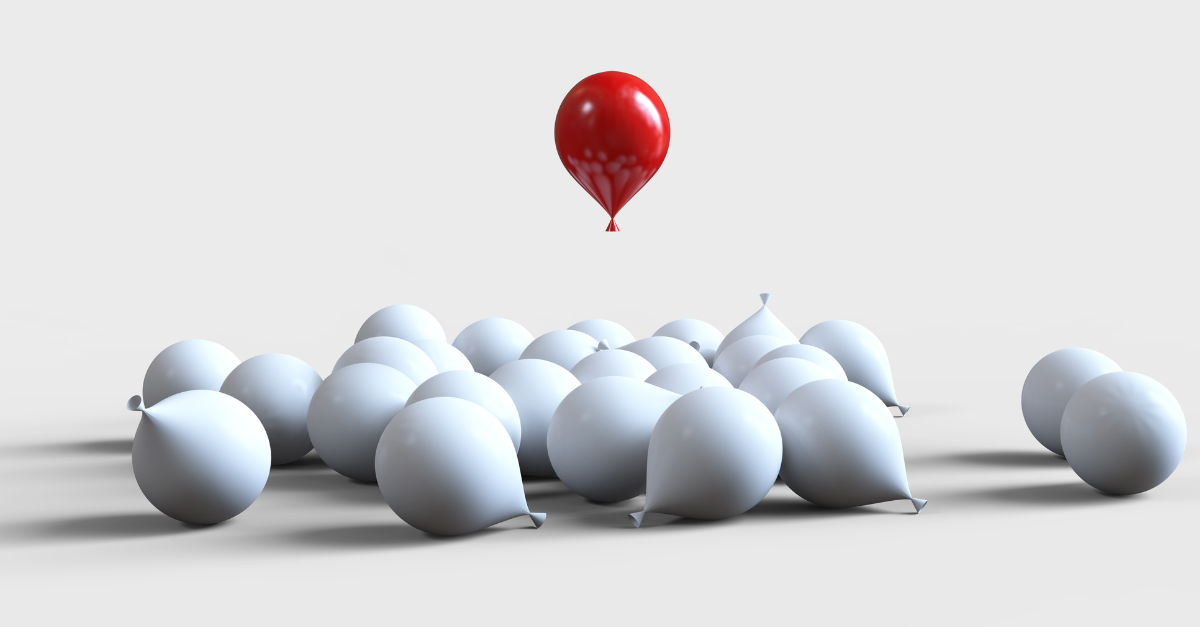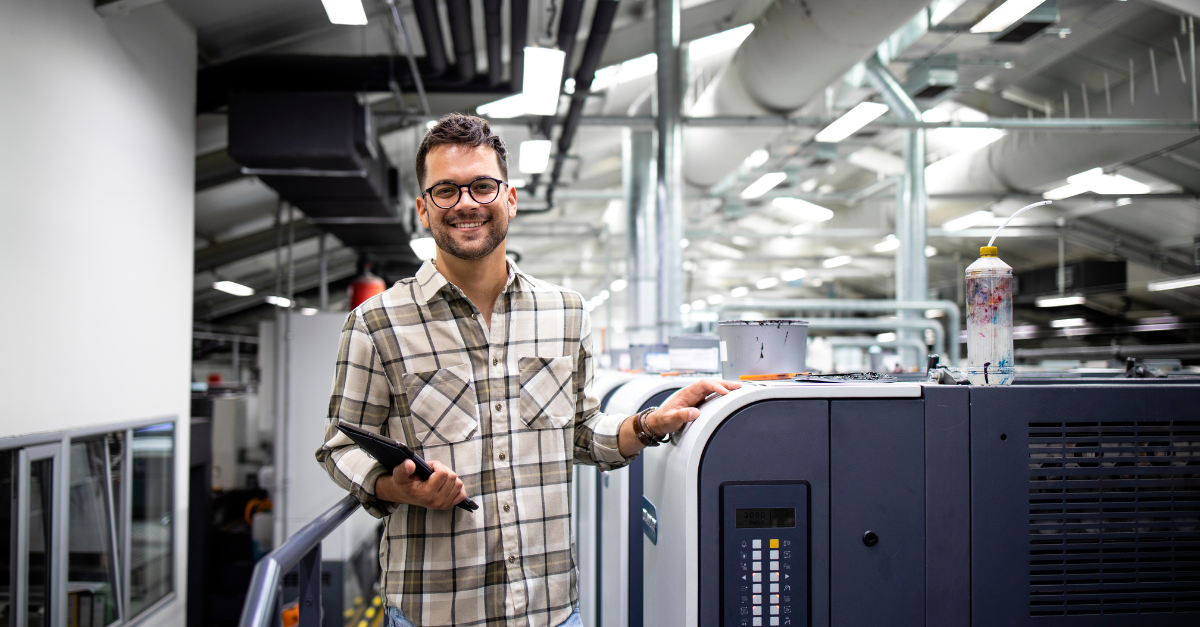Why 3d visualisations are importants
We found this article and thought it did mention a few great points on the benefits of visualisations.
The inevitable high-volume of content available online is exposed to your potential customers on a day-to-day basis and means they are presented with a wealth of information and options. The global market now sits at your consumer’s finger tips; without having to leave the comfort of their own home they are able to browse far and wide to find their perfect products. More information is now being created and consumed than ever before, meaning that optimising the design and marketing process has never been more important to enable success. The methodical product design process is renowned for being a lengthy, step-by-step development that can sometimes stumble due to the wide gap between design and final product. With this in mind, it has never been more vital for design teams to get a product to market as efficiently as possible. By choosing to create photorealistic renders, designers give themselves much smoother workflows and are able to bring their designs to life at a much faster rate; closing the gap between design and reality. This has a positive effect on every stage of the product development process: – Presenting ideas to clients and senior management can be achieved effectively, long before the product exists and any concrete decisions have been made. – Manufacturers are able to estimate costs more efficiently by gaining a deeper understanding of the materials required and how they will work with the design. – Different design techniques can be tested to help understand the pros and cons of particular development processes, including assembly and use. – Being able to modify and visualise your designs in various lighting set-ups, scenes and settings without having to physically create them helps identify potential problems much earlier, massively reducing the risk of making mistakes, saving both time and money. Although the product design process is an essential area, everyone knows there is much more involved when selling a product. The huge changes in consumer behaviour due to technological advances mean that businesses are under more pressure to ‘stand out from the crowd’ than ever before; this is where the benefits of 3D visualisation really come to light. Traditionally, the main marketing effort for a product occurred post-production, once the product was available to photograph. 3D rendering has allowed marketing processes to develop in a number of ways: – Marketing can be achieved much more efficiently; once a design is finalised, marketing can properly begin without having to wait for production to finish or for an expensive prototype or demo model to be created. By not having to rely on photographing products, not only will your consumers be exposed to your product earlier, but costs and effort will be reduced significantly. – 3D visualisations have very flexible usability on a number of platforms. These can include walkthroughs, snapshots, 3D navigation and infinite angle views; which brings the design to life and increases how engaging and interactive marketing collateral can be. – The control can be placed in your customers hands by offering them customisable options which they can configure with interactive 3D visualisation applications. This will add a unique modern twist to their experience, giving a personal feel and therefore increasing the potential of making the sale. – Client approvals are generally made more rapidly as they are able to see designs in photo-realistic forms that can easily be altered to fit their needs. Overall it is clear that the benefits of 3D visualisation are broad and relevant to today’s demanding consumer marketplace. With overly competitive markets it is a necessity to invest constantly in innovative and effective strategies to stay ahead of your competition. Investing in 3D visualisation enhances the level of intelligence present in your business and will ultimately elevate your offering and increase your sales.











© 2022 3ecruit all rights reserved | Privacy Policy | Privacy & Cookie Policy | Powered with 🤍 by Shazamme
